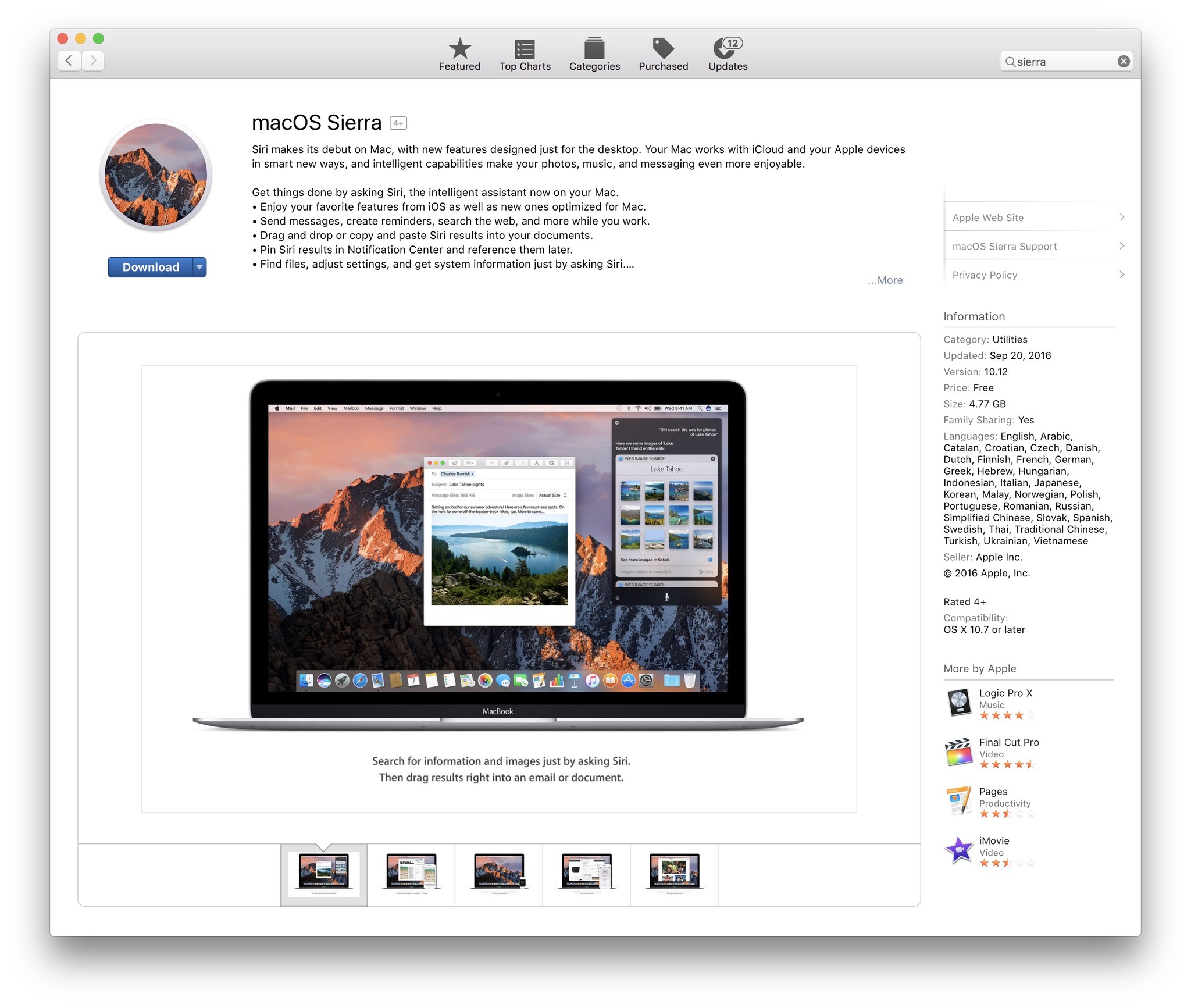I downloaded a program from a Web site to run on my Mac, but the system won’t let me open and install it because of “security preferences.” What is this and is there a way around it? The default settings in the latest version of OS X (10.8) allow only programs from the Mac App Store (and what Apple calls identified developers) to be installed on the computer. The alert you see on the screen comes from, one of the built-in OS X security features intended to protect the Mac from malicious software. If you trust the source of the program and want to install it anyway, you can get around Gatekeeper in a couple of ways. To install a blocked program manually from the Mac’s desktop, right-click (or hold down the Control key and click) the program’s icon. In the drop-down menu that appears, choose Open and then click the Open button in the alert box to proceed with the installation.
If you install a lot of trusted software and want to relax the Gatekeeper security to save time and headaches, you can change the settings in the Mac’s System Preferences. Either click the System Preferences icon in the Dock, or go to the Apple menu in the top left corner of the screen and choose System Preferences. In the System Preferences box, click the Security & Privacy icon and then click the General tab. To change the settings, click the lock icon in the bottom corner of the box and type in your OS X account name and password. Next, under the “Allow applications downloaded from:” line, choose “Anywhere” and close the preferences box. If you want to tighten the security later, you can return to the Gatekeeper preferences and restore the stricter settings.
I am using the default downloader on my Macbook Pro Mac OSX V10.6.7, I accidentally changed the setting and now after downloading file, the file is removed automatically from the download window. How can I change this setting back, so the downloaded file does not disappear. Beginning with Flash Player 10.3, the Local Settings Manager supersedes this Online Settings Manager for managing global settings on Windows, Mac, and Linux computers. The Local Settings Manager can be accessed in the Control Panel on Windows and in System Preferences on Mac.
Improving Skype Call Quality Q. I often find the audio quality of Skype calls to be pretty bad. Is there a way to make it better? Among other things, Skype is at the mercy of the Internet’s general traffic and congestion, but there are a few things you can try to improve the audio quality.
If you are on a home network with the rest of the family, ask them not to download video, play online games or engage in other bandwidth-intensive activities during a call. Using a headset microphone instead of the computer’s built-in microphone and speakers can make for a better-sounding experience, too. Skype’s Web site recommends several headsets from Plantronics and Logitech that are certified to work well with the service. If possible, making Skype calls from a computer directly connected to the network with an Ethernet cable may help with the audio quality, as a weak Wi-Fi or cellular-data signal can result in lousy sound and dropped calls.
How to generate a transcript from different spreadsheets in excel for mac. Excel can help you fit everyone's hours, meet minimums, and keep your team happy.

Windows For Mac Free Download
If a wireless connection is the only option, try to position yourself near the router or a place where you can get a strong network signal.
Results are found.